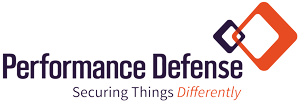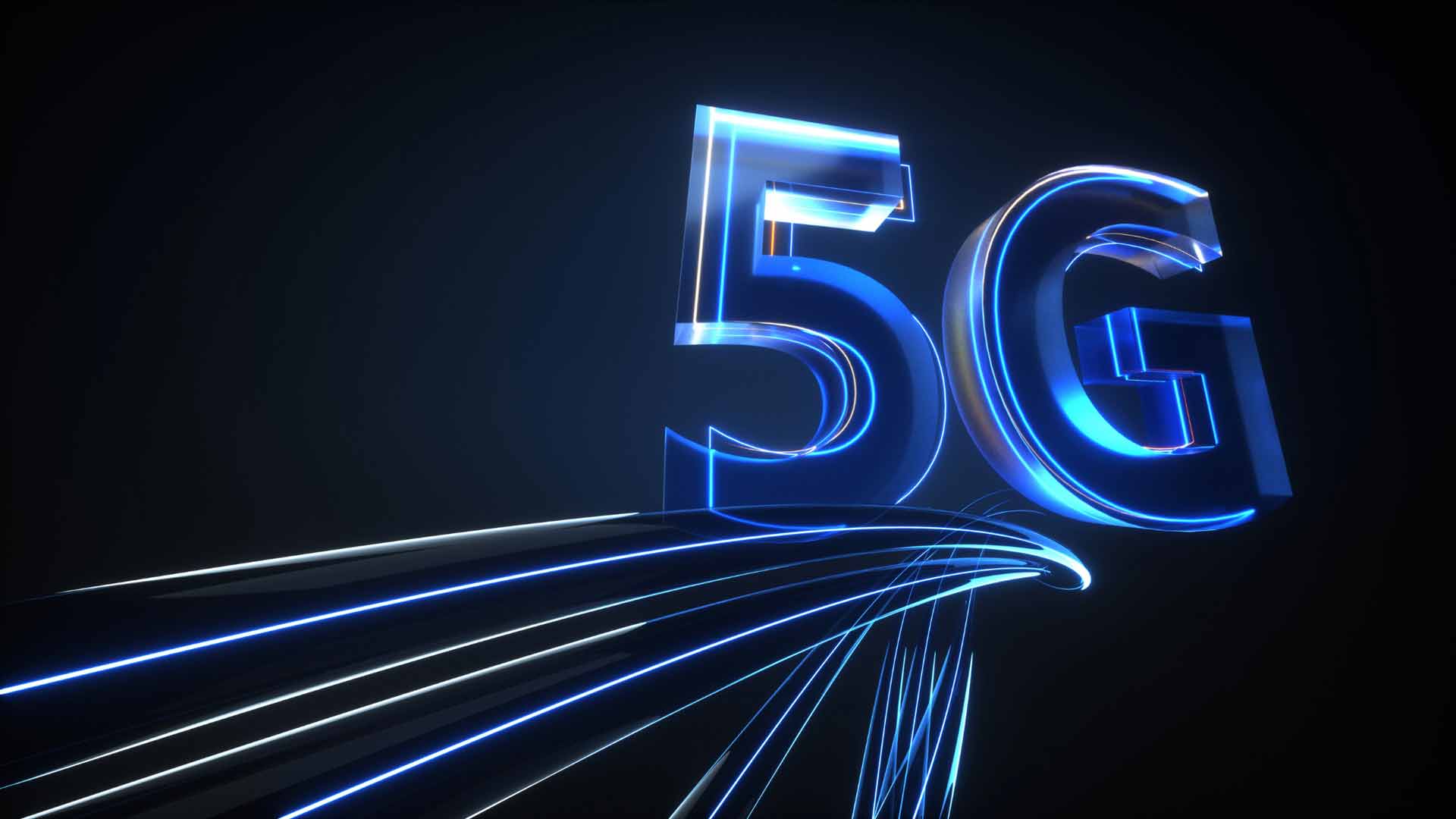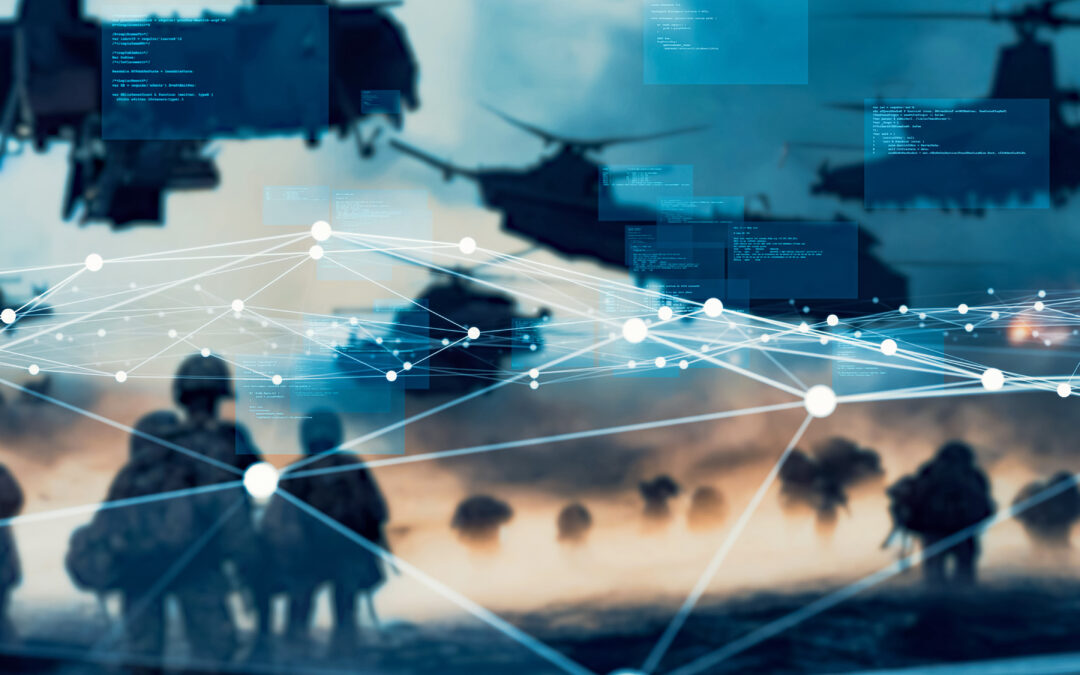By Darren Cummings – President, Performance Defense
5G is the next generation of mobile network technologies, promising faster speeds and lower latencies than legacy mobile networks. Like any technology in its infancy, 5G has a few challenges that need to be worked through. Despite this, the promise of the technology is such that the effort is more than worth it.
This is the second article in a four-part series exploring the implications of 5G for the defense and mission-critical IoT industries. Check out the first article in the series, The Rise of 5G Technology in the Defense and Mission-Critical IoT Sector, here.
Understanding the Challenges of 5G
5G is a new technology. The Government Accountability Office (GAO) has issued a report outlining some of the main challenges facing 5G adoption. Some of these major challenges include:
- 5G Network Density and Complexity: 5G is a completely different network with a different infrastructure than 4G. 5G nodes are more complex and must be more densely distributed, covering a smaller area than 4G networks. This makes the 5G rollout more difficult and expensive.
- Network Performance and Latency: Some of the main selling points of 5G are its improved network performance and latency. This requires the deployment of network infrastructure that can meet the needs of devices that require this level of performance.
- Spectrum Availability: A limited radio spectrum is available for 5G solutions, and demand may exceed supply. Solutions for sharing the available spectrum efficiently may be necessary to support 5G-enabled tools.
- New Security Challenges: 5G technology is in its infancy, which means that it has not received the same level of security testing as traditional infrastructure. Additionally, 5G is much more software-based and powerful than traditional mobile networks. Both of these factors mean that 5G networks will have security issues that need to be ironed out.
- Privacy Issues: 5G networks allow the collection and processing of far more user data than traditional mobile networks, such as more precise location. This may exacerbate existing issues regarding the privacy of mobile users.
Why 5G is Worth Going Through Challenges
5G is a technology in its relative infancy. While some organizations have embraced 5G technology, 5G networks are still in the process of being developed and rolled out. As a result, many of the wrinkles of 5G adoption have not yet been ironed out.
Despite this, 5G has the potential to transform companies across all industries. 5G networks promise improved network speed and latency, making them an ideal solution for the deployment of remote and mobile Internet of Things (IoT) devices. With high-performance networking available anywhere, new applications in smart energy, logistics, unmanned aerial vehicle (UAV), and other applications are unlocked.
For more information on the promises and benefits of 5G technology, check out the first article in this series here.
Why Choose Performance Defense to Mitigate 5G Challenges
5G adoption is still in the early stages. This means that organizations looking to get into the 5G space early may struggle to find the necessary infrastructure and to develop and test functional and secure 5G solutions.
Performance Defense has over a decade of deep knowledge and expertise in government, military, and mission-critical systems. Providing trusted engineering services and solutions to meet the highest levels of safety, security and reliability requirements is at our core.
Performance Defense is also on the cutting edge of 5G technology. To help develop 5G-enabled mission-critical IoT solutions, we have partnered with NineTwelve, a full-suite software and 5G rapid development provider equipped with a full 5G testbed center. Together, we provide full-spectrum support for 5G development from the initial planning stages through final testing and rollout.
This is the second article in our four-part series exploring the implications of 5G technology for defense and mission-critical IoT. Next in the series is How to Accelerate your 5G Go-to-Market Strategy with Performance Defense.





